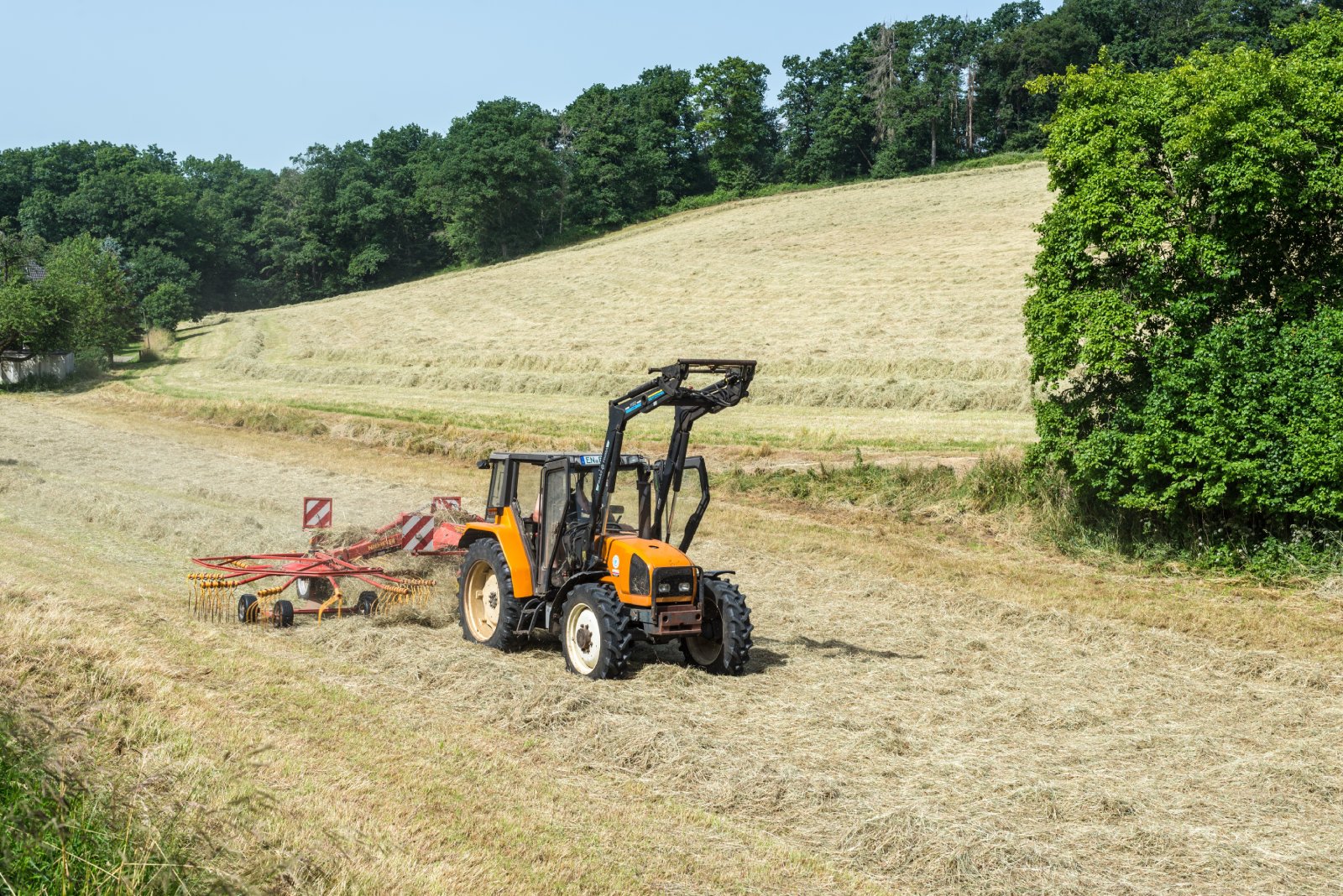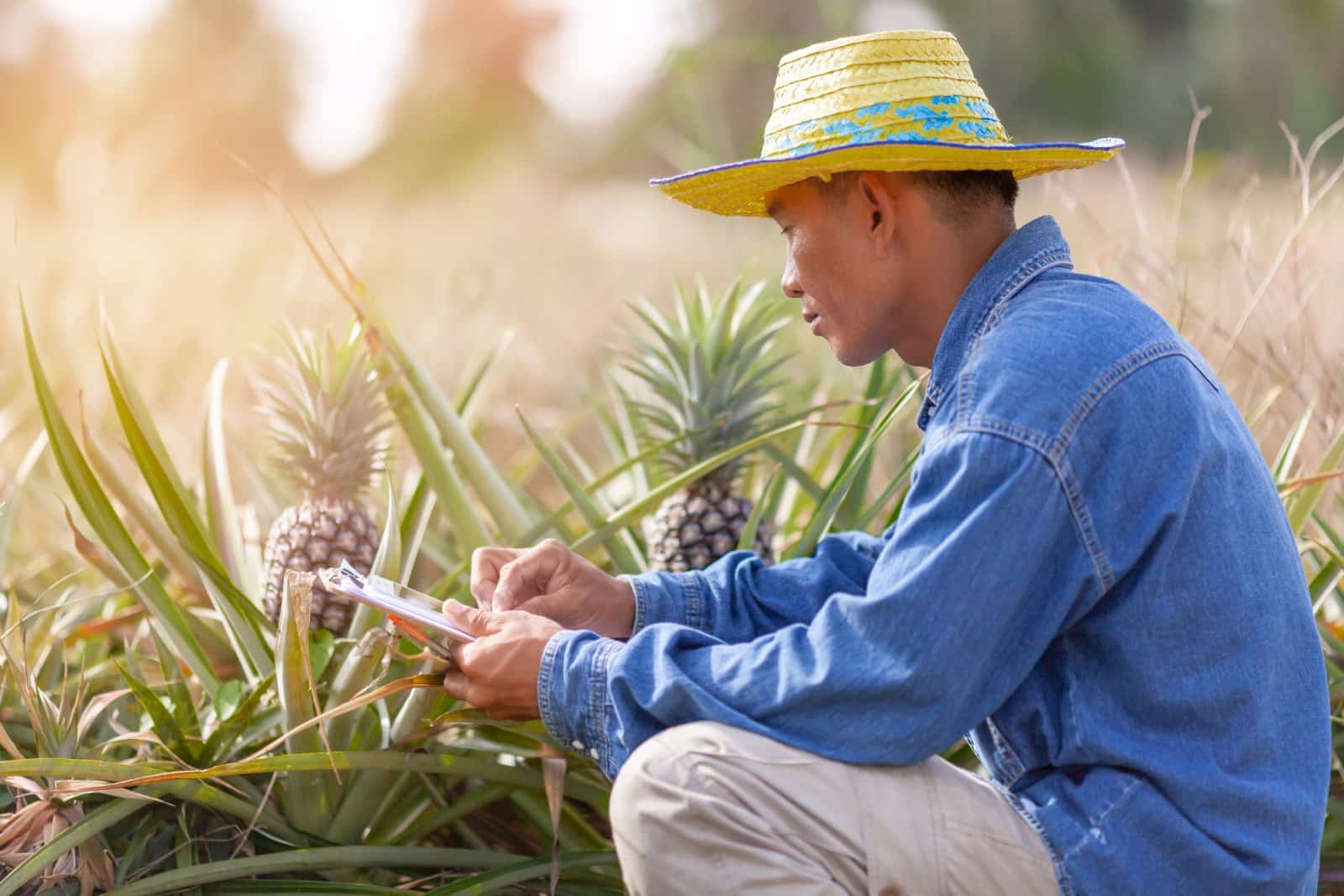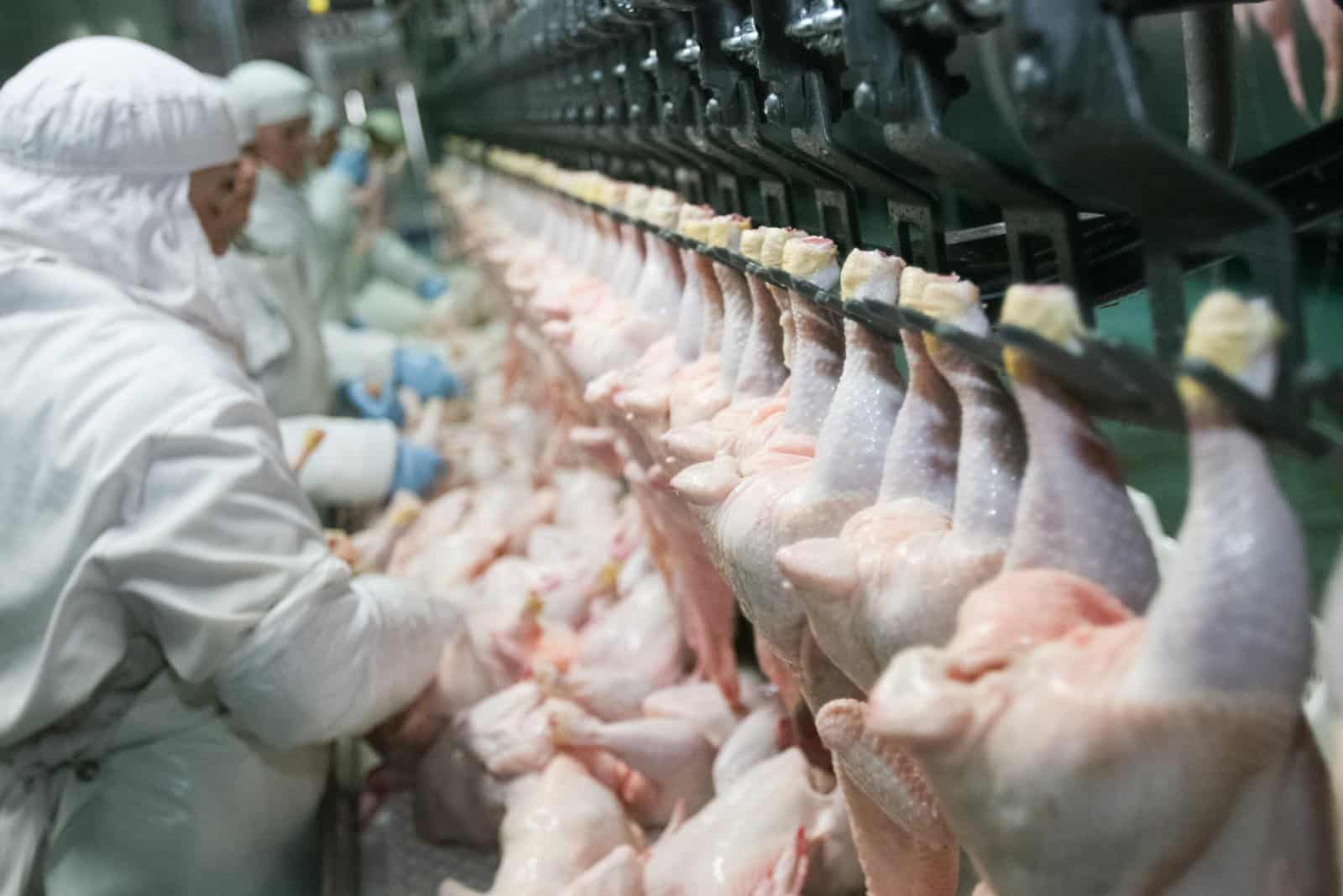Farmers across America are rejoicing as news of the Biden administration’s latest plans have begun to rollout.
A New Hope for Farmers

The Biden administration is going all out to save America’s small farms, promising big cash injections and favorable policy decisions to help them survive.
Saving Small Farms

This ambitious plan, led by Agriculture Secretary Tom Vilsack, is designed to counter decades of decline in the small farming sector. But can this plan really turn things around for struggling family farmers?
The Vanishing Small Farm Landscape

According to the National Agricultural Statistics Service, the average farm size has increased, resulting in the loss of 544,000 farms since 1981.
The Plain Reality Of It

Vilsack doesn’t sugarcoat it: “That’s every farm today that exists in North Dakota and South Dakota, added to those in Wisconsin and Minnesota, added to those in Nebraska and Colorado, added to those in Oklahoma and Missouri.”
Reversing Rural Decline

Despite America producing more food on fewer acres, small farms are vanishing, and with them, the backbone of rural economies – a trend Vilsack is desperate to reverse.
Vilsack’s Strategy for Small Farms

Vilsack is determined to stop the bleeding. With billions in subsidies from new laws passed since 2021, he’s planning to diversify and boost farmers’ incomes. Farms could soon profit from selling carbon credits, waste products, and renewable energy, not just for crops and livestock.
Expanding Income Streams

“Instead of the farm getting one check, they potentially could get four checks,” Vilsack explained. Vilsack is also working to get local institutions to buy food from nearby farms and build more processing facilities to cut out middlemen, meaning more money all round.
Historical Challenges

Despite these efforts, reversing the decades-long trend won’t be easy. The number of farms has been dropping since the 1930s due to people moving to cities and farming becoming more machine-based. Federal policies have changed in line with this, shifting focus from supporting prices to boosting exports – leaving local networks to wither.
Recent Hardships

Recent years have been particularly tough. First, a trade war with China hit farming exports hard. Then, the pandemic threw supply chains into chaos, leaving crops to rot.
Financial Struggles

Relief measures helped temporarily, but now rising costs and declining crop prices are creating new headaches – especially for small farmers who are more vulnerable to extreme weather and labor shortages.
Small Farmers Struggle With Rising Costs

“Farm balance sheets are the healthiest they’ve ever been in the aggregate,” said Brad Nordholm, CEO of Farmer Mac, a company that offers agricultural loans. However, small farmers are still struggling to keep up with rising interest rates and land values.
Billions in Support

The American Rescue Plan, the Inflation Reduction Act, and the Bipartisan Infrastructure Law have collectively injected about $60 billion into the United States Department of Agriculture (USDA).
A Focus on Conservation

A lot of this money is going towards debt relief and carbon reduction incentives, but the biggest chunk – $19.5 billion – is for supporting conservation practices like reduced plowing and cover cropping.
This is great news for small farms that often missed out on these programs before.
Debate Over Subsidies

Critics warn that subsidizing farms, especially those with high methane emissions, could backfire. “Farming in general, especially if it’s meat and dairy, has higher emissions than it sequesters,” cautioned Matthew Hayek, an assistant professor at NYU.
Access to Land Initiatives

The USDA is also putting $300 million into helping marginalized and aspiring farmers secure some land to call their own. This includes community land trusts, clearing titles for family land, and technical assistance. Suffice it to say the demand for this far outweighs the available funds.
Tackling Processing Bottlenecks

The USDA is also tackling the meat and poultry processing bottleneck by enforcing antitrust laws and investing $1 billion in plant expansions.
Promoting Local Food Purchases

Securing land is just the first hurdle – smaller farms need customers willing to pay more for locally-grown crops. To tackle this, the USDA is putting $900 million into an initiative to encourage local food purchases – a step in the right direction.
Farmer Advocacy

Farmers are pushing for these initiatives to be embedded in the upcoming Farm Bill, which will ask for billions more in funding to help transfer land from retiring farmers to small operators. They also propose establishing an Office of Small Farms within the USDA.
Financial Support for Young Farmers

“This is a big potential source of financial support that could be serving young, beginning, and frankly not-so-young-anymore farmers,” said Carolina Mueller of the National Young Farmers Coalition.
Will Subsidies Save Family Farms?

While the new subsidies offer a lifeline, their success depends on the levels of support they receive. Will billions in subsidies be enough to save family farms? Only time will tell.
Remote No More: 19 Companies Returning to the Office

As the pandemic wanes, companies are recalling remote workers back to the office, sparking debates on fairness, costs, and convenience. However, there are also notable productivity, coworking, and mental health benefits to consider. Feeling the effects of these changes? Remote No More: 19 Companies Returning to the Office
8 Costco Must Buys and 8 to Leave Behind

Ever wandered Costco’s aisles, questioning if that giant jar of pickles is a real bargain? Or debated buying tires where you get your rotisserie chicken? Welcome to the definitive guide to Costco shopping—a journey to save money, prevent regrets, and offer quirky insights into bulk buying. 8 Costco Must Buys and 8 to Leave Behind
23 Reasons Texas Is the Next Big Thing

Texas is becoming a beacon of opportunity, blending cultural heritage with economic growth. From its landscapes to its industries, the Lone Star State offers a dynamic lifestyle. Here are 23 reasons why Texas stands out, attracting entrepreneurs, artists, tech professionals, and families seeking new beginnings. 23 Reasons Texas Is the Next Big Thing
15 Top Sites to Sell Your Unwanted Goods Besides Craigslist

Selling your unwanted items can declutter your space and boost your income. While Craigslist is popular, there are many alternatives with unique features and wider audiences. Explore these 15 Craigslist alternatives for selling everything from furniture to electronics, finding the perfect platform to turn clutter into cash. 15 Top Sites to Sell Your Unwanted Goods Besides Craigslist
Work from Anywhere: 19 Companies Still Supporting Remote Work

Tired of commuting and craving work flexibility? You’re not alone. Many companies now offer remote work, benefiting both employees and employers. Ever wondered how this shift could enhance your work-life balance? Work from Anywhere: 19 Companies Still Supporting Remote Work
The post – How Fresh Funding is Energizing America’s Small Farms – first appeared on Career Step Up.
Featured Image Credit: Shutterstock / AlexandrMusuc.
The content of this article is for informational purposes only and does not constitute or replace professional financial advice.

